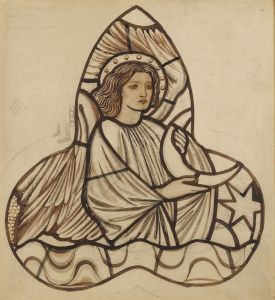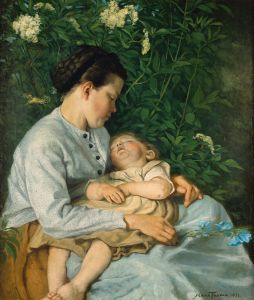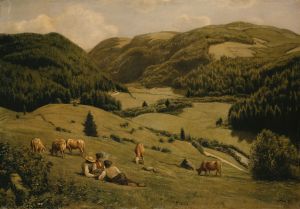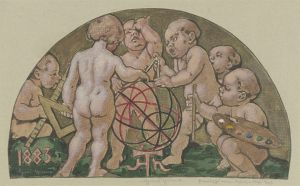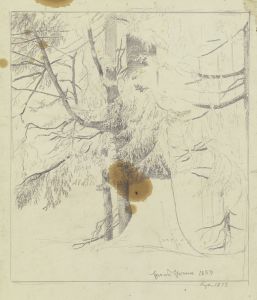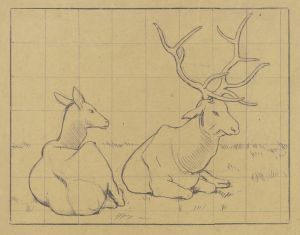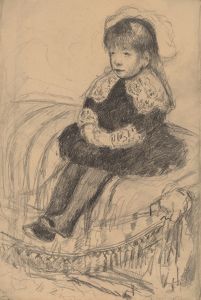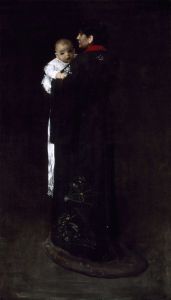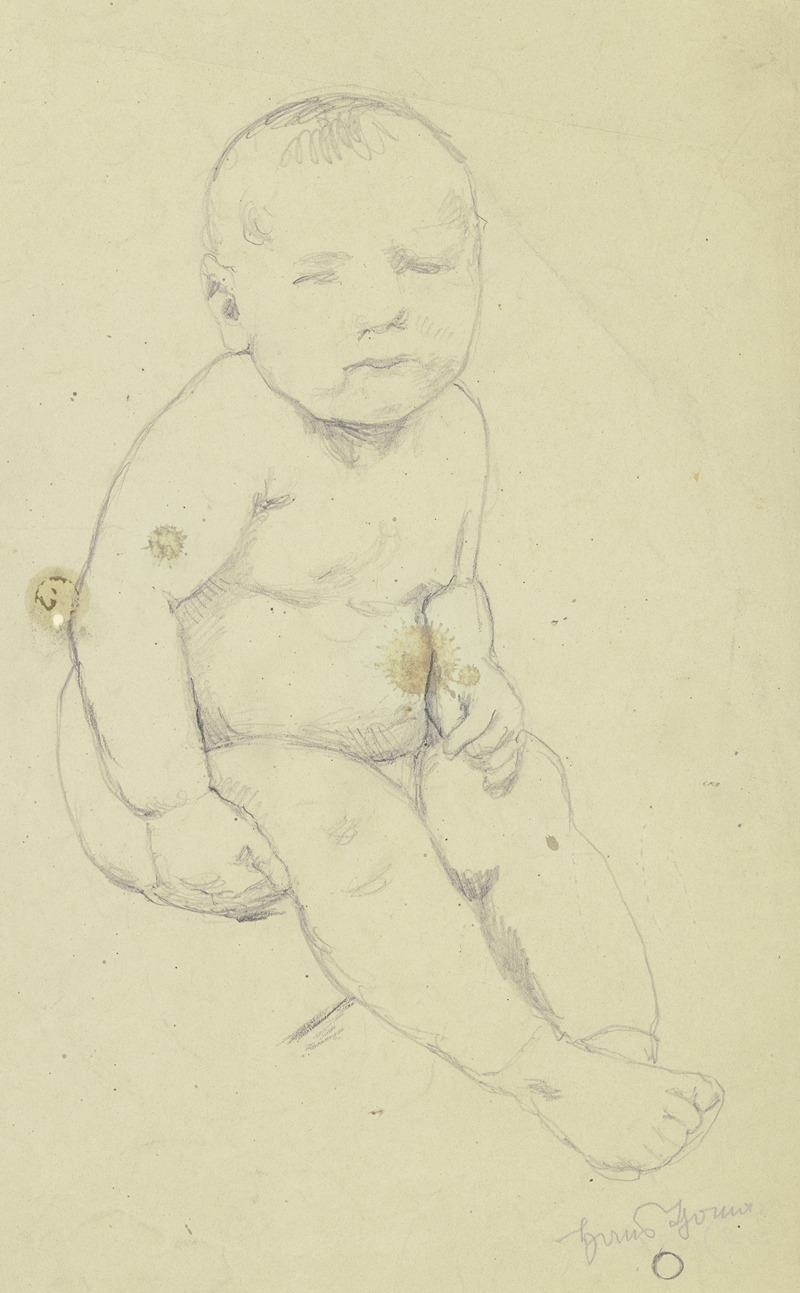
Cherub
A hand-painted replica of Hans Thoma’s masterpiece Cherub, meticulously crafted by professional artists to capture the true essence of the original. Each piece is created with museum-quality canvas and rare mineral pigments, carefully painted by experienced artists with delicate brushstrokes and rich, layered colors to perfectly recreate the texture of the original artwork. Unlike machine-printed reproductions, this hand-painted version brings the painting to life, infused with the artist’s emotions and skill in every stroke. Whether for personal collection or home decoration, it instantly elevates the artistic atmosphere of any space.
Hans Thoma (1839–1924) was a German painter known for his works that often depicted idyllic landscapes, portraits, and scenes inspired by German folklore and Romanticism. One of his notable works is "Cherub," a painting that reflects his characteristic style and thematic focus.
"Cherub" is a depiction of a cherubic figure, which is a common motif in Western art, often symbolizing innocence, purity, and divine presence. Thoma's interpretation of the cherub aligns with his broader artistic approach, which frequently combined elements of realism with a sense of the mystical or otherworldly. The painting showcases Thoma's skill in rendering delicate features and his attention to detail, particularly in the soft textures and serene expression of the cherub.
Hans Thoma was influenced by the Romantic movement and the traditions of the German Renaissance, and these influences are evident in "Cherub." The work reflects his interest in blending naturalistic detail with symbolic and spiritual themes. Thoma's art often sought to evoke a sense of harmony and connection with nature, and this sensibility is present in "Cherub" through its gentle composition and the tender portrayal of the subject.
The exact date of creation for "Cherub" is not widely documented, but it is consistent with Thoma's body of work from the late 19th to early 20th century. During this period, Thoma gained recognition for his unique artistic voice, which stood apart from the dominant trends of Impressionism and Modernism. Instead, he remained committed to a more traditional and introspective style.
Hans Thoma's works, including "Cherub," are celebrated for their timeless quality and their ability to convey a sense of peace and introspection. Today, his paintings can be found in various museums and collections, particularly in Germany, where he is regarded as an important figure in the country's art history. "Cherub" exemplifies his ability to create art that resonates with universal themes of beauty and spirituality.
No further specific details about "Cherub" are readily available, including its current location or provenance. However, it remains a testament to Hans Thoma's artistic legacy and his contribution to 19th-century German art.






